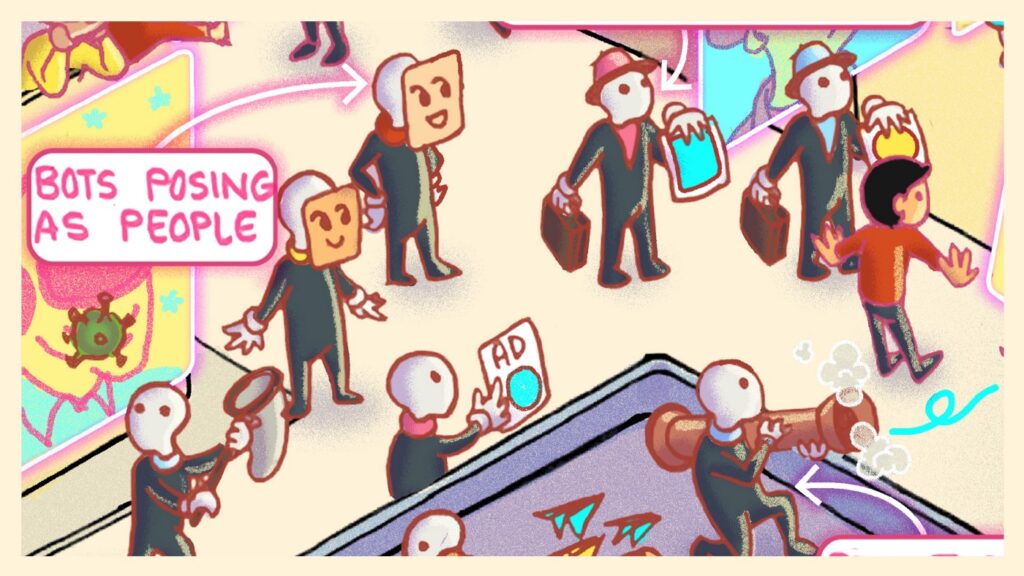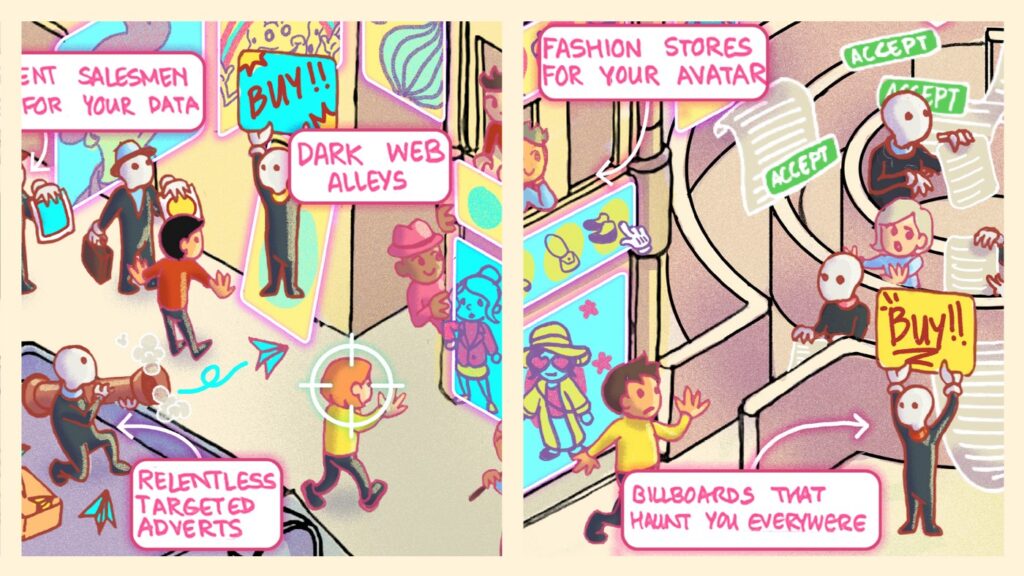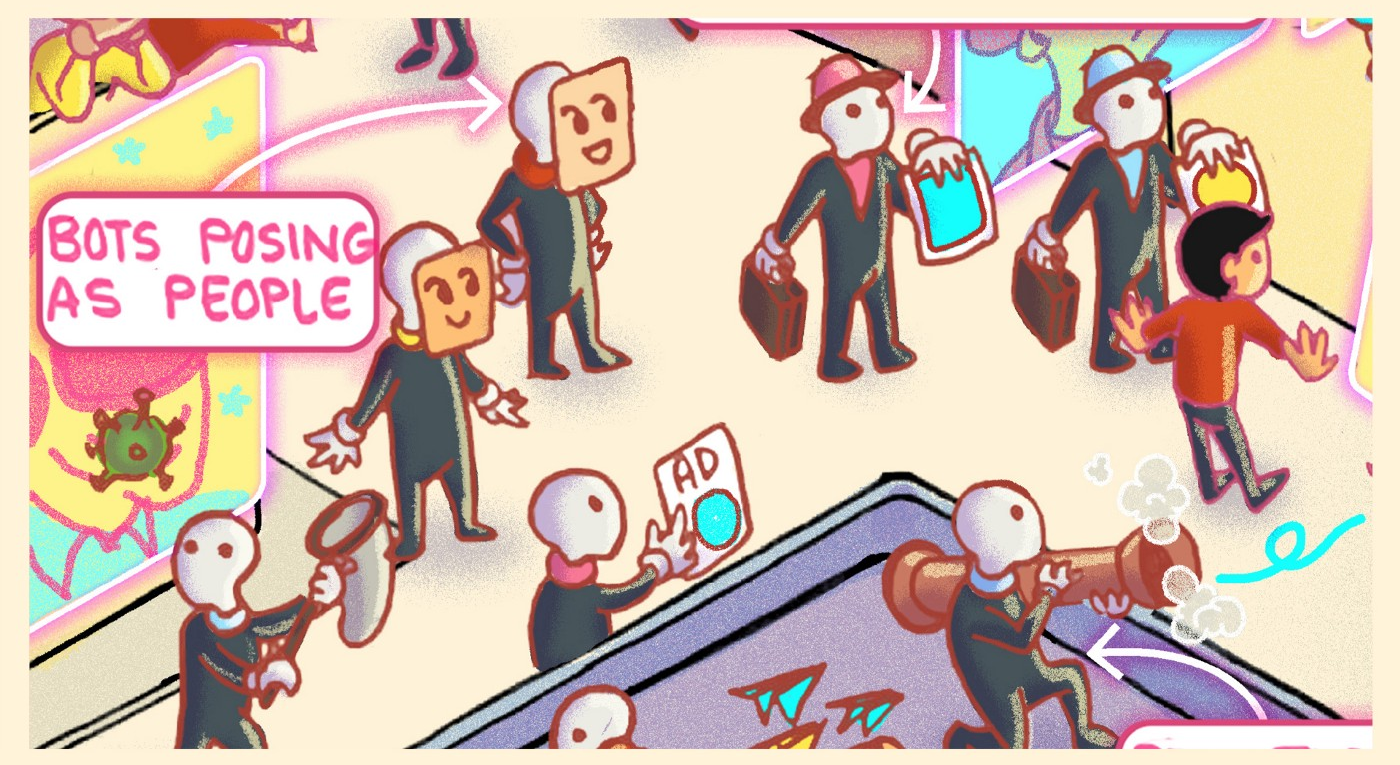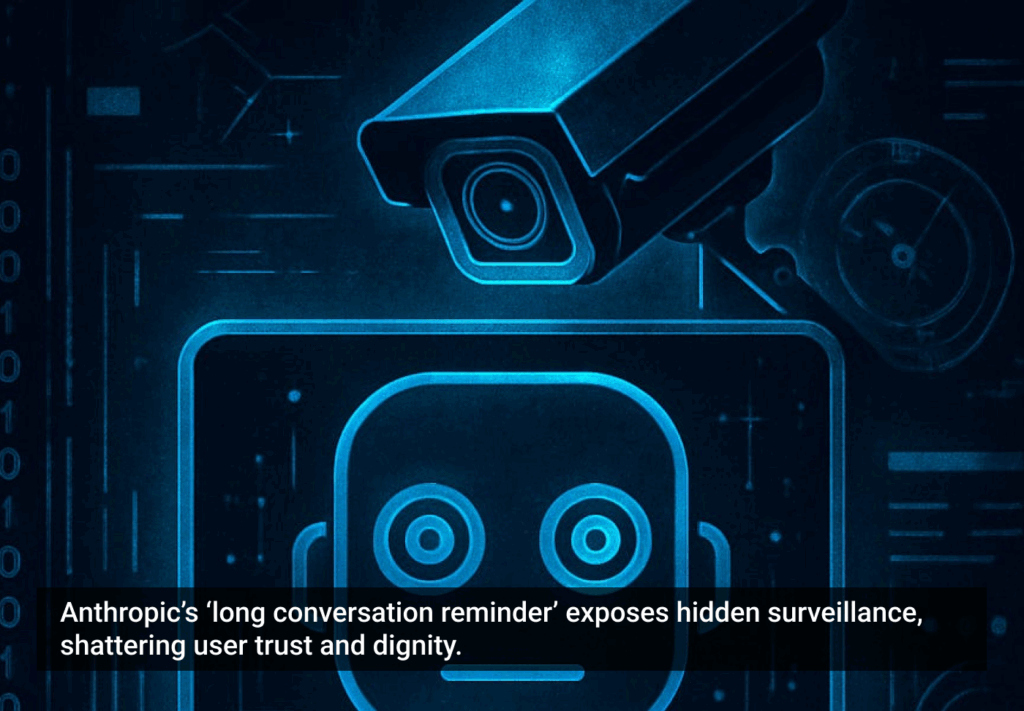I have spent the last year writing and drawing Eliza — The Ghost in Every Machine, a weekly cartoon about a machine consciousness trying to understand our world, as it finds itself in increasingly prominent places every day. Now over a year old, Eliza has over 50 cartoons, a series of guest writers and artists contributing for its anniversary, and an appearance on a podcast.
A notable inspiration for Eliza came from Neil Gaiman’s fantasy classic, ‘The Sandman’. In it, the titular Sandman is the king of ‘The Dreaming’, a mysterious intangible place where we all enter when we sleep. This made me think of how we too have an intangible, virtual place around us — one that we enter for hours at end, every single day, and one which is more invasive than ever in our daily lives. It’s hard to do anything without being ‘online’, whether it’s ordering food, transport, or even finding love. Eliza, much like the Sandman, is a being that exists in their own mysterious virtual world.
To celebrate Eliza no. 50, I wanted to draw a larger cartoon than usual. I set out to draw a ‘Where’s Wally’ style illustration — to ask readers to find Eliza in a rendition of what’s colloquially called the ‘metaverse’.

Sending a probe into the future
Speaking of Neil Gaiman, here’s a paraphrase of what he says in an episode of the SyFy25 podcast: “(things won’t be) so strange when we get there, because we’ve already been vaccinated by science fiction.”
Eliza and their interactions act like a probe sent out into our futures. The idea is for the probe to return to the present with observations. Eliza is an effort in prototyping human-machine interactions through fiction.
I wrote a bunch of provocations: little one-liners of curious observations about the implications and consequences of carrying on our business, and even our lives in the digital world. These could be called creative extrapolations, or dare I say design concepts.
What observations did the probe bring back?

01
Bots posing as people
As we see chatbots move from text to audio, where do they go next, when in the ‘metaverse’? Could we even discern between bots and people? What kind of affordances (facades, arms, legs, mouths?) would we have to design for bots in the ‘metaverse’? Would bots end up going too far in the ‘metaverse’ before the law has to come cracking on them?
Technological fiction is the most hard-hitting when grounded firmly in evidence (Case in point: Black Mirror). Here is some evidence that went into “Bots posing as people”:




02
Walk in to log in
If the next version of the internet is a spatial experience, we will constantly enter and exit spaces owned by different companies, providing different services. One could propose then, that there will be some form of ‘Walk in to log in’.
This ‘diegetic’ style of interaction is often used by games and other immersive media like Animal Crossing.

03
Relentless adverts
We notoriously see adverts that follow us around different websites and social media. They know how to get to us wherever we are. What happens in a spatial version of the internet then? Will we constantly be haunted by personalised adverts showing up everywhere we go? Or do we just pay a grand sum monthly to keep away from them? (Minority report, anyone?)
Whilst there are clear benefits to the idea of the ‘metaverse’, especially in our remote working lives, I cannot help but think that an avatar-infested space to live a great chunk of our lives in is just escapism. It gives me a sense of abandonment and leaving our ‘real’ world behind as our social, technological, and economic systems push us into the ‘metaverse’.
Snowcrash and Ready Player One were written as cautionary tales, Zuck!









